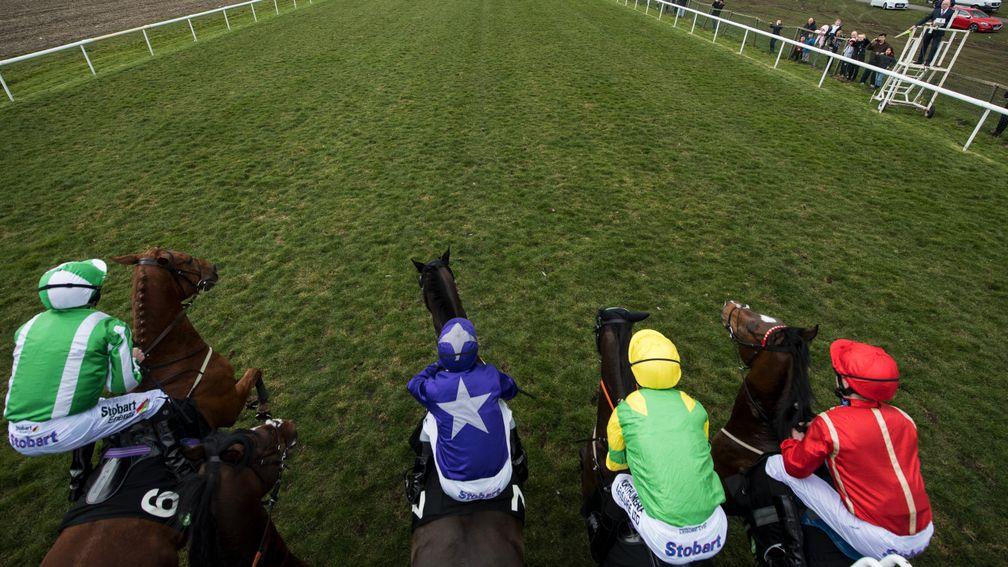Five-year rolling average fatality rate hits record low

Figures published by the BHA on Thursday show the five-year rolling average fatality rate in British racing is at the lowest on record and suggest the increased rate of 2018 was a blip and ran contrary to the trend.
In 2018 the fatal injury rate was 0.22 per cent, following 201 deaths from 93,004 runners. That was markedly higher than in any year since 2014, the intervening rates having been 0.18 per cent, 0.19 per cent and 0.18 per cent again.
Last year's 173 fatal injuries from 91,937 runners equates to a rate of 0.19 per cent and it reduces the five-year average, which is regarded the most accurate measure of trends, to 0.19 per cent, from as high as 0.28 per cent when first published in 1998.
The ongoing reduction in injury rates is thought to be due to many factors, ranging from ever-improving methods and standards of training, heightened veterinary expertise, more sophisticated practices when it comes to preparing safe racecourses and the industry’s continuous process of assessment, investment and improvement.
David Sykes, director of equine health and welfare for the BHA, said: "As with all elite sports and all activities involving horses, horse racing carries an element of risk. It's the responsibility of the BHA and everyone involved in the sport to ensure we do everything possible to minimise that risk and to ensure no injury or fatality occurs which could reasonably have been prevented.
"Through this approach, and the clear commitment that exists across the entire industry to look after our horses, British racing continues to become safer and safer.

"However, we will never rest on our laurels. We must continue to raise our ambitions when it comes to safety. New research methods, science and the use of data affords constant opportunities to learn and improve. This is an industry that puts the welfare of its horses at the front and centre of all its decisions, and we will continue to prioritise this area."
Sykes is looking forward to further improvements in horse welfare. He said: "In the near future, the publication of the Horse Welfare Board’s strategy for welfare in racing, and the development of a detailed predictive risk model for jump racing, are exciting moments for the sport. Both present genuine opportunities to drive further change."
Get ahead of the game with Get Your Eye In – exclusive Saturday preview content on racingpost.com and the Racing Post mobile app from 2pm on Friday
Published on inNews
Last updated
- Join Racing Post Members' Club for the very best in racing journalism - including Patrick Mullins' unmissable trip to see Gordon Elliott
- Join the same team as Ryan Moore, Harry Cobden and other top jockeys with 50% off Racing Post Members' Club
- Racing Post Members' Club: 50% off your first three months
- 'It’s really exciting we can connect Wentworth's story to Stubbs' - last chance to catch master painter's homecoming
- The jumps season is getting into full swing - and now is the perfect time to join Racing Post Members' Club with 50% off
- Join Racing Post Members' Club for the very best in racing journalism - including Patrick Mullins' unmissable trip to see Gordon Elliott
- Join the same team as Ryan Moore, Harry Cobden and other top jockeys with 50% off Racing Post Members' Club
- Racing Post Members' Club: 50% off your first three months
- 'It’s really exciting we can connect Wentworth's story to Stubbs' - last chance to catch master painter's homecoming
- The jumps season is getting into full swing - and now is the perfect time to join Racing Post Members' Club with 50% off